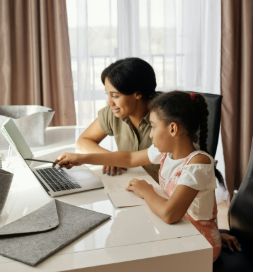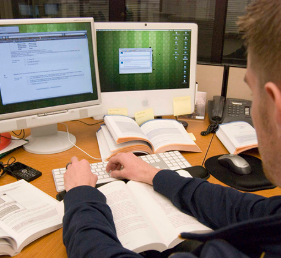As online learning becomes more common, many families and educators are asking an important question: how do virtual classrooms affect students’ social development? While learning from home offers flexibility and comfort, it also changes how students interact and build relationships.
Fewer Face-to-Face Moments
In traditional classrooms, students often learn social skills through daily face-to-face interactions—greeting classmates, working on group projects, or chatting during lunch. Virtual learning can reduce these spontaneous social opportunities, which may make it harder for students to practice reading body language, managing group dynamics, or making new friends easily.
New Ways to Communicate
Despite the distance, students still communicate in meaningful ways through online tools like video conferencing, group chats, discussion boards, and collaborative documents. These digital platforms encourage students to express themselves clearly in writing and to listen more attentively. While different from in-person conversations, these skills are increasingly valuable in modern work and academic settings.
Confidence in a Comfortable Setting
Some students feel more at ease participating in virtual classrooms. The option to use chat features or speak in smaller breakout groups can be less intimidating than speaking in front of a full classroom. This format can help shy or introverted students build confidence and develop communication skills at their own pace.
Friendships and Teamwork Online
Virtual classrooms still allow space for social connections. Group projects, online clubs, and class discussions give students opportunities to collaborate and form friendships, even from a distance. These experiences may look different than traditional interactions but are just as valuable when thoughtfully facilitated.
The Role of Teachers and Parents
Teachers can support social development by including group activities, peer discussions, and open communication in their lesson plans. Parents can help by encouraging healthy online behavior and providing chances for their children to engage with peers through supervised digital platforms or virtual extracurricular programs.
A New Kind of Social Growth
Virtual learning reshapes how students build social skills, but it doesn’t stop them from growing socially. With encouragement, structure, and creativity, students can still learn to collaborate, express empathy, and build strong connections in a virtual environment.
Conclusion
Social skills continue to develop in virtual classrooms—just in new and evolving ways. With support from educators, families, and thoughtful technology use, students can thrive socially and academically, even when learning from home.





